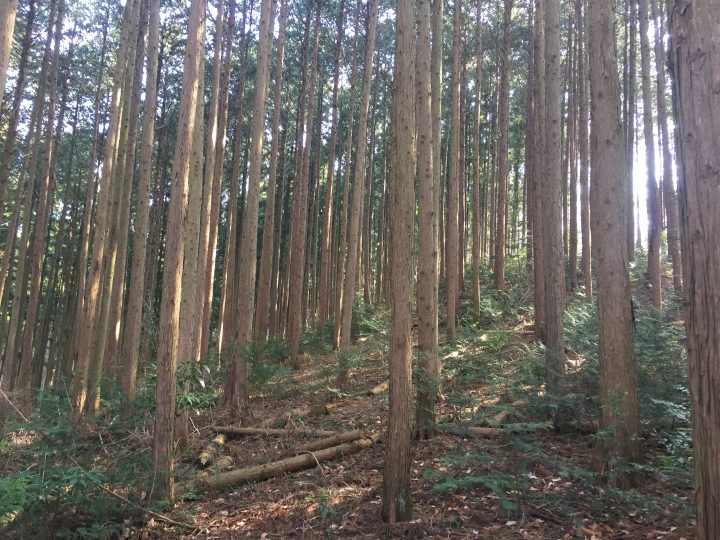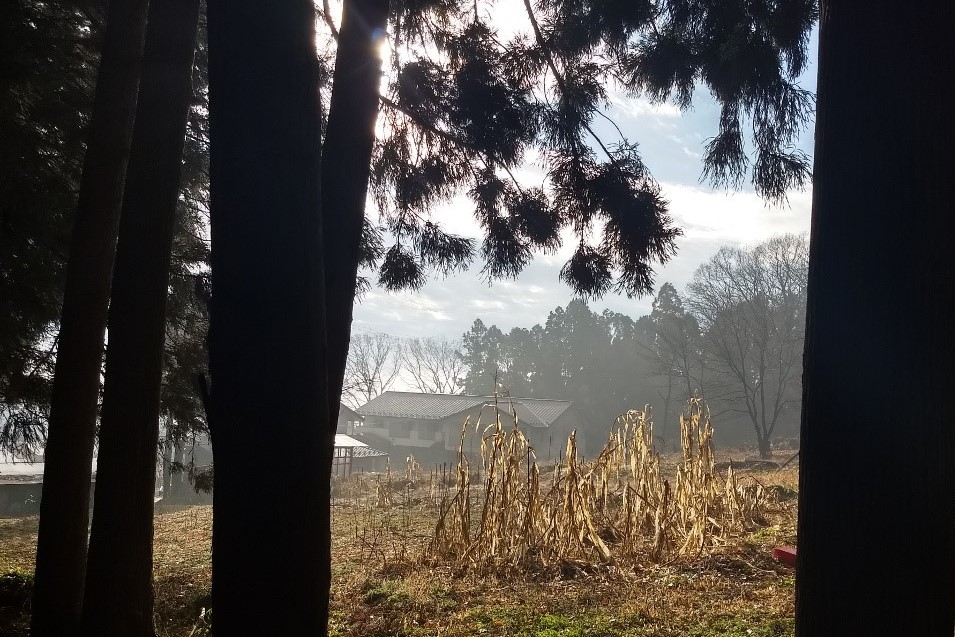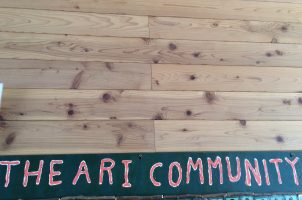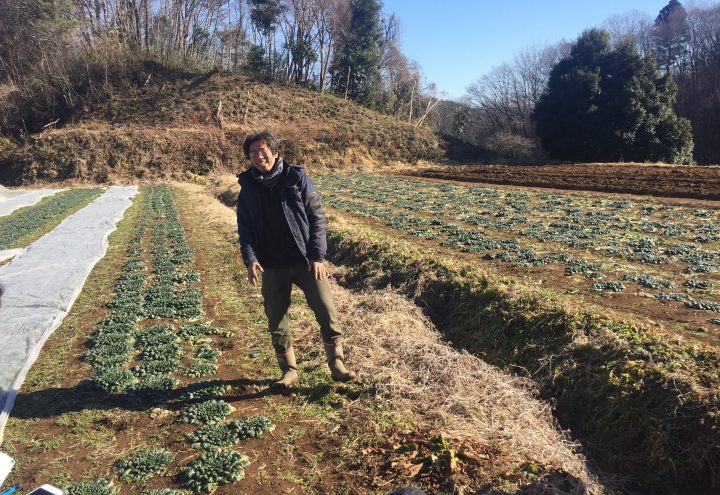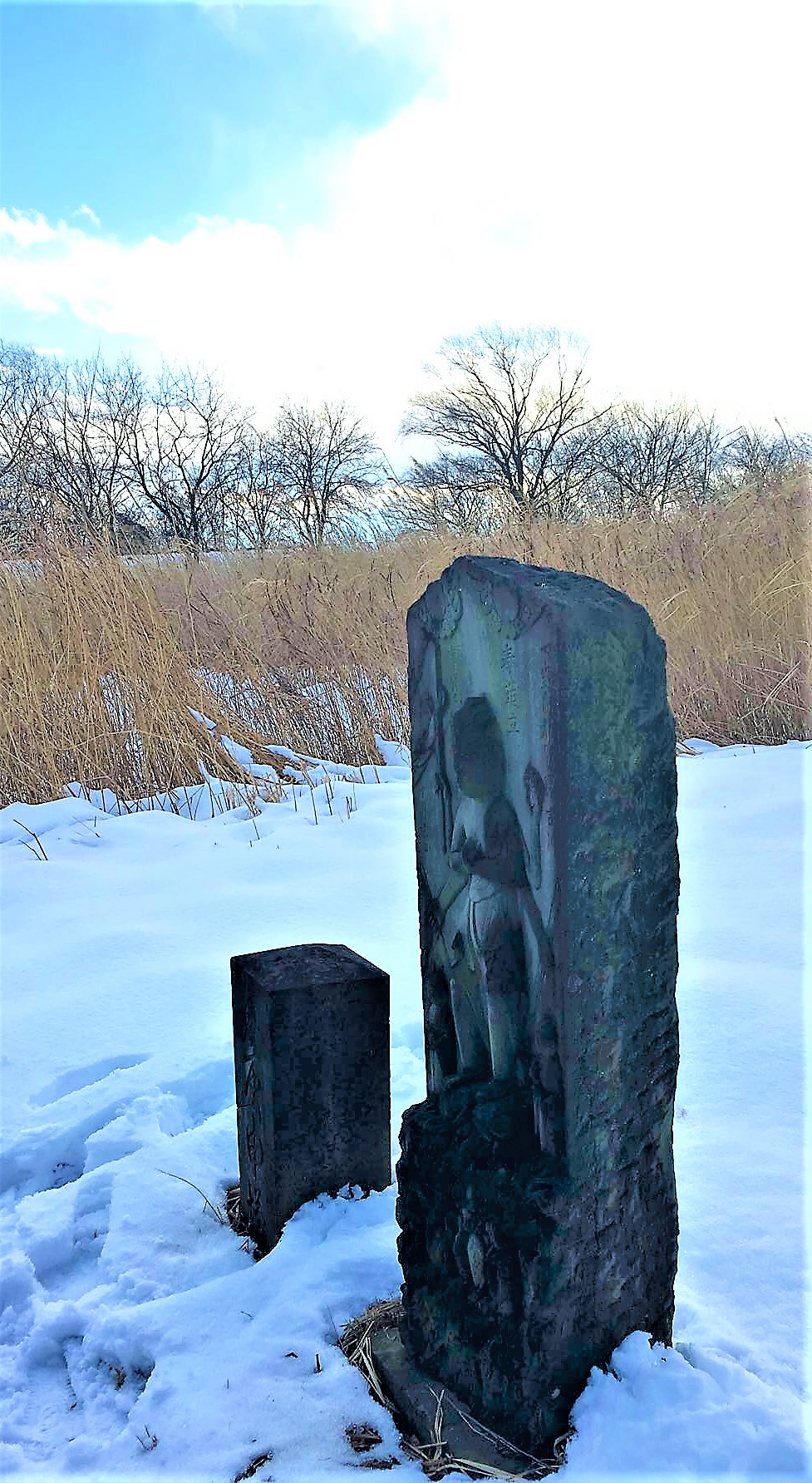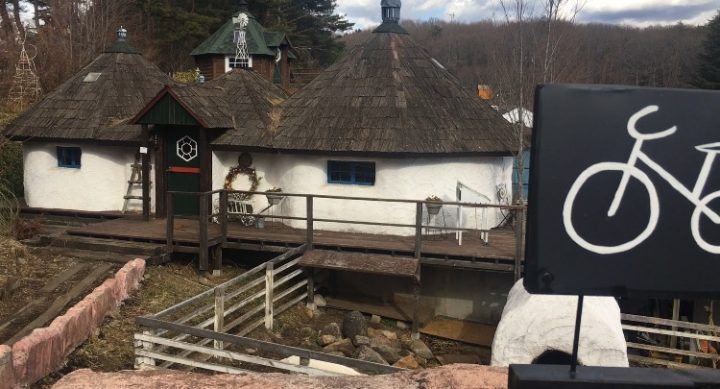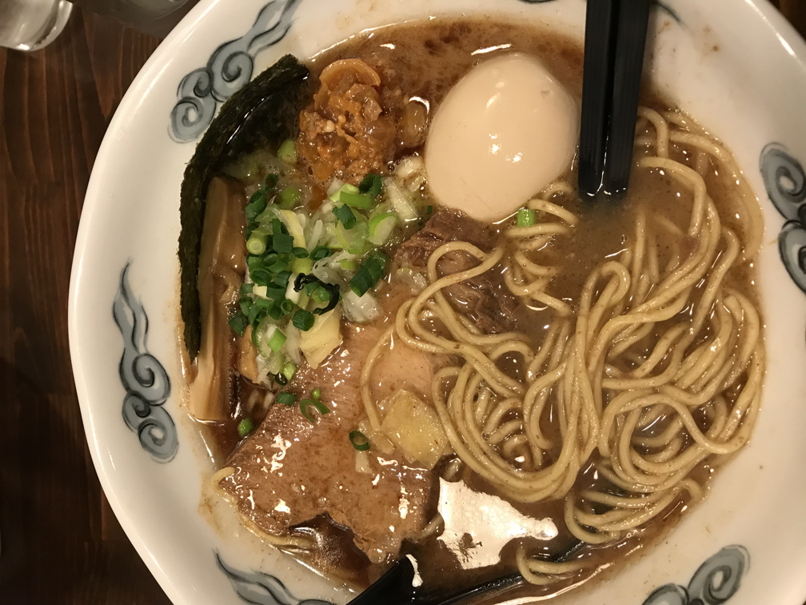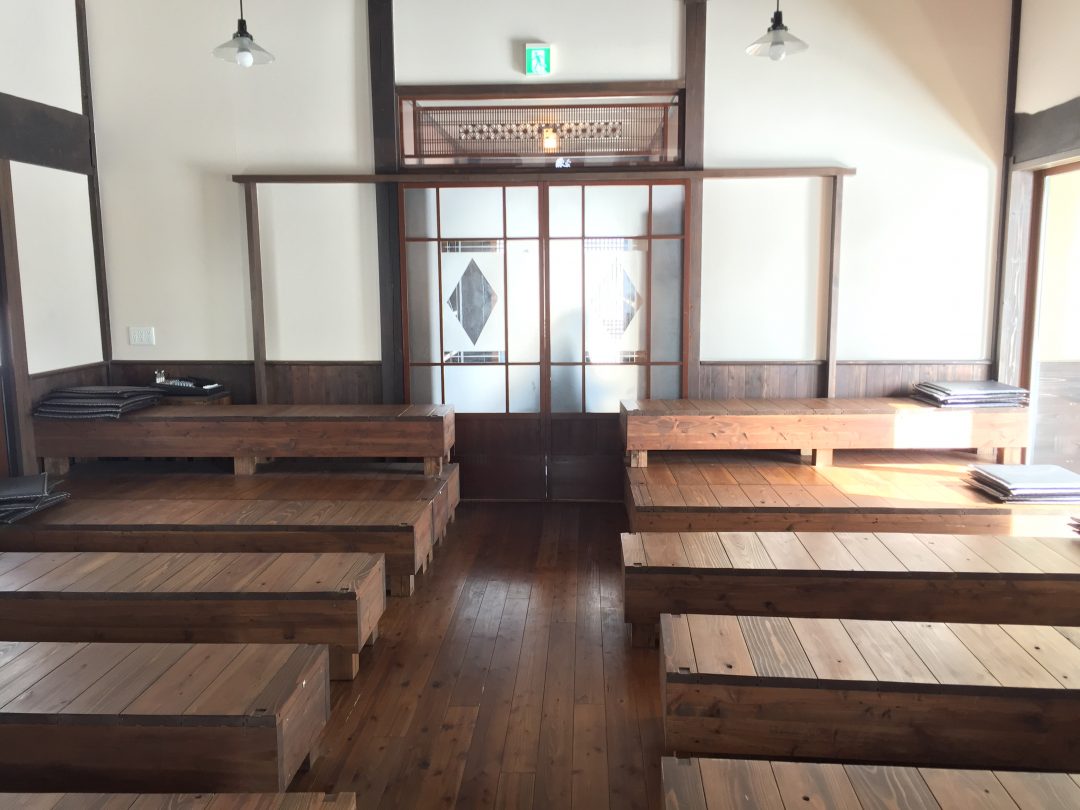
Thanks to generous support from the Luce Foundation’s Initiative on Asian Studies and the Environment (LIASE), this third St. Olaf College ENVIRONMENTAL SUSTAINABILITY IN JAPAN crew will spend a month studying Japanese responses to the environmental challenges that arise from modern lifestyles. 17 students share their thoughts in text and image with you here.
Queries welcome: esj2018 <@> stolaf.edu
Beginnings | January 3-7
Travel to Japan. Explore Tokyo. Partake of mainstream food system.
Foodlife | January 8-12
Join the Asian Rural Institute. Meet farmers. Consider food life.
Rural Nagano | January 13-15
Join Nōdai professors & students. Travel to Nagawa-machi, Nagano. Taste tradition. Hot springs!
Free time | January 16-18
Rest and relax.
Systems | January 19-31
Visit Nikkō World Heritage Site. Observe mining aftermath. Consider food systems. Ponder triple disaster.
Track ESJ-2018 via Map Pins
Grids Hotel & Hostel Asakusabashi
Staying here Jan 4-7
Tokyo Central Youth Hostel
Stay here Jan 12 & 15
Un Memory Pension
Stay here Jan 13-14
Asian Rural Institute
Our home base for 3 weeks. Learn more about them from their website.
Haneda International Airport
Koiwa Itō Yōkado
Local store in large Japanese supermarket chain. First stop in our food tour.
National Museum of Nature and Science
Visit on January 6. Review their exhibits online.
Farmers Market @ UNU
Visit planned morning of Jan.6. Webpage in Japanese, but you can review pictures.
Kinoshi Juku
Organic farm, training, CSA.
HIdenka Kōbo
Non-electric studio founded by Dr. Fujimura. Website in Japanese with machine translation option.
Shinrin no Bokujyo (Forest Dairy)
Organic dairy and cafe, website in Japanese with many lovely pictures.
Tokyo University of Agriculture (Nōdai)
Our hosts for visit to Nagawa-machi, Nagano.
Nikkō National Park & World Heritage Site
Shin-Koto Incineration Plant
We'll visit here on January 12.
Ashio Copper Mine
Featured in our textbook, Bad Water, conflict over pollution at this mine gave rise to Japan's first environmental movement.
Yotsuba Co-op
Web page in Japanese, but you can get a sense for their activities in providing alternative food and consumer products by browsing.
Watarase Basin
Retention basin created to catch the "bad water" from Ashio, now touted as a tourist site and a "Ramsar site," which designates international significant wetlands supporting wildlife.
Iitate, Fukushima
We will stop here to learn more about the Triple Disaster that affected so many people in Japan in 2011.
Nagawa-machi, Nagano
We will spend two and a half days here visiting the Otaya festival, local community centers and hot springs with students and faculty from Nōdai.
Nihonbashi Takashimaya
We will visit the depachika here on Jan 5. Floor guide online - we'll be in the basement.
Nihonbashi Mitsukoshi
We'll visit for the depachika on Jan. 5. Floor guide in English.
Asagaya Pearl Center Shotengai
"Traditional" shopping district. First day of food tour, Jan. 5. Historical pictures on their own (Japanese only) website.
